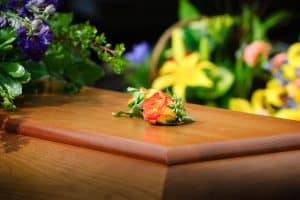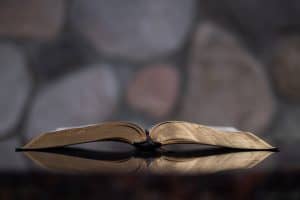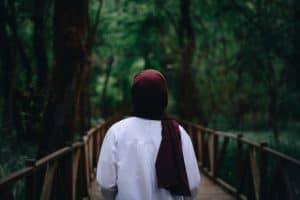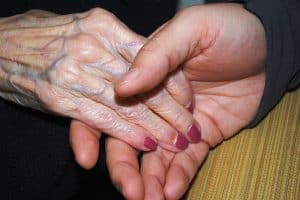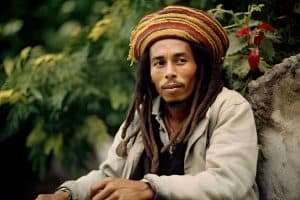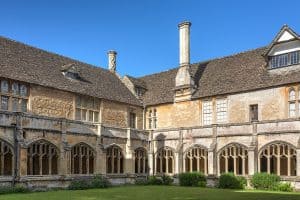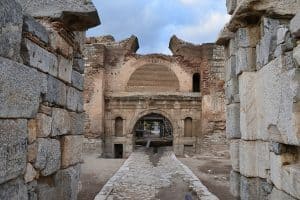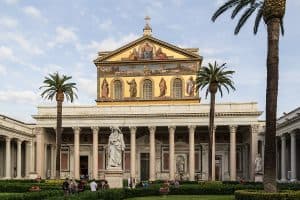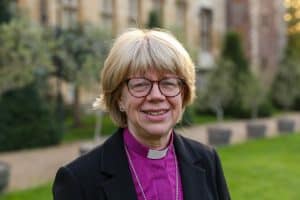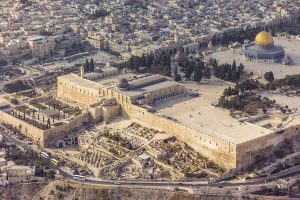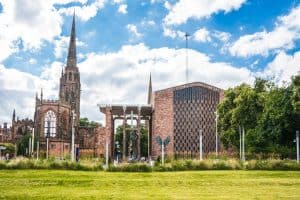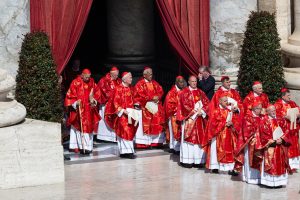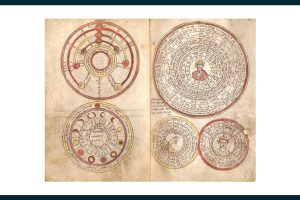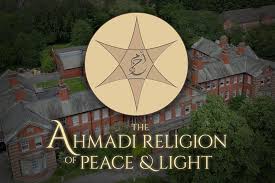By Catherine Pepinster
How significant is this papal visit?
It is the first trip abroad for Pope Leo since he was elected pontiff in May, succeeding Pope Francis. He will have an important role supporting initiatives for peace in Lebanon, which was the subject of an attack by Israel as recently as Monday, and remains divided along sectarian, political, and regional lines. The Vatican loves anniversaries and during this trip, Pope Leo will attend events to mark the 1,700th anniversary of the Council of Nicaea, in a town now known as Iznik in Turkey, which agreed to a formulation of faith in 325, known to all Christians as the Nicene Creed. (Explainer and interview here)
Will he have chosen these two countries?
Unlikely. A new pope tends to inherit his predecessor’s plans and this itinerary was on Pope Francis’s schedule before his final illness and death in April. The Vatican has a strong focus on diplomacy and engages with governments around the world. Pope Leo has been invited to visit Turkey and Lebanon by their governments.
What evidence is there for Vatican interest in these nations?
In July 2021 Lebanese Christian leaders visited the Vatican for a day of prayer for the nation and talks with Pope Francis about the crisis in their country. The economy had collapsed, poverty was soaring alongside shortages of fuel, medicine and electricity. The government was paralysed by political deadlock and corruption, unable to implement reforms demanded after the 2020 Beirut port explosion, which killed 220 people and injured 6,000. Public services were failing, banks froze deposits, and daily life became increasingly unstable with periodic street clashes creating a highly volatile society. Pope Francis called for peace, unity and reconstruction for Lebanon, urging political leaders to seek durable solutions to the crisis and leading prayers for reconciliation.
Aren’t these Muslim countries?
Turkey: The population of Turkey is 87 million and about 85 per cent is Muslim, the vast majority of whom are Sunni. But there are strong connections to Christianity: the foundational document of the church, the Nicene Creed, came from an early church council in ancient Nicaea, modern day Iznik; and the ecumenical patriarch, Bartholomew, head of the Eastern Orthodox Church, is based in Istanbul. The current number of Christians is about 300,000, representing about 0.4 per cent of the population. The main denomination is Eastern Orthodox, with Roman Catholics numbering 35,000.
The Vatican is engaged in interfaith dialogue with Muslim communities around the world. Leo is expected to be a conciliatory figure, keen to stress friendship between Christians and Muslims. But there are sensitive issues. Although Pope Leo will visit Istanbul’s famous Blue Mosque — his first visit to a mosque as pontiff — he will not be visiting the Hagia Sophia, a former church which became a mosque again in 2020.
In 2006, when Pope Benedict visited Istanbul, he prayed at the Blue Mosque, and also visited Hagia Sophia, then a museum. His visit came after controversial remarks he had made about Islam and his visits were seen at the time as attempts at reconciliation with Muslims. While he voiced support for Turkey joining the EU, he also stressed the importance of Europe’s Christian roots.
Lebanon: In Lebanon, there are about 5.9 million people and of whom up to 68 per cent are Muslim. Christians comprise about one-third of the total and the largest group is the Maronites, an Eastern Catholic church that recognises the authority of the Pope. There are some differences with Roman Catholicism: for example, married men are allowed to be ordained priests. There is a convention that Christians take their turn in heading the country. Lebanon’s current president, Joseph Aoun, is a Maronite Christian.
What about the ancient schism between Rome and Constantinople?
The East-West schism of the church in 1054 was rooted in disagreements about the nature of God, especially over whether the Holy Spirit “proceeds from the son”, a phrase that was added to the Nicene Creed. There were also disputes over the authority of the Pope, liturgy and ritual. Since the Second Vatican Council, there have been growing efforts at reconciliation between the Orthodox and Roman Catholic churches. On their visits to Turkey,, both John Paul II and Benedict XVI recited the Nicene Creed with patriarchs, cutting out the controversial clause. If Leo recites the creed while at the Nicene anniversary celebrations, theologians will be listening carefully to see if he does the same.
Are there other significant themes of this visit?
Pope Leo has followed Pope Francis’s lead on making care of creation an important theme of his pontificate and protection of the environment will be on the agenda, particularly when he meets Ecumenical Patriarch Bartholomew, a leading Christian voice on ecology.
What’s the Pope’s itinerary?
His visit begins in Turkey on Thursday 27 November where he will meet priests, bishops and religious workers at the Catholic Cathedral of the Holy spirit in Instabul. He will then visit a nursing home run by nuns belonging to the order of the Little Sisters of the Poor.
Then Leo will take a short helicopter ride to Iznik — the modern-day name for Nicaea — to attend an ecumenical prayer service to mark the anniversary of the Council of Nicaea. Later in Istanbul, he will meet bishops.
On the morning of Saturday, 29 November, he will visit the famous Blue Mosque — otherwise known as the Sultan Ahmed Mosque — in Istanbul before a meeting with members of Christian communities in Istanbul at the Syriac Orthodox Church of Mor Ephrem.
On Saturday afternoon, Pope Leo will attend a service of praise at the Patriarchal Church of St George, the seat of the Ecumenical Patriarch, and he and Bartholomew will sign a joint declaration. Then there will be an opportunity for about 4,000 people to join with the Pope at mass in the Volkswagen Arena.
On Sunday morning — the feast of St Andrew the apostle — the Pope will visit the Armenian Apostolic Cathedral before another liturgy back at the Patriarchal Church of St George. The Turkish visit will conclude with lunch with Ecumenical Patriarch Bartholomew.
On Sunday afternoon, Pope Leo will fly to Lebanon where he will meet the nation’s representatives, including President Aoun, the president of the National Assembly, and the prime minister, and will address them and Lebanese officials.
On Monday, he will visit the shrine of of St Charbel Maklouf, a monk who brought people of different faiths together, at the Monastery of Saint Maroun in Annaya. From there, he travels to the Shrine of Our Lady of Lebanon in Harissa, where he will meet with bishops, priests, consecrated persons and pastoral workers. The morning ends with a private meeting with Catholic patriarchs in the Apostolic Nunciature — the residence of the papal ambassador, or nuncio.
In the afternoon, Pope Leo will hold an ecumenical and interreligious meeting in Martyrs’ Square in Beirut. Later, in the square in front of the Maronite Patriarchate of Antioch in Bkerké, Pope Leo will meet with young people of Lebanon.
On Tuesday, 2 December, Pope Leo will visiting De La Croix Hospital, a psychiatric care unit run by Catholic nuns, in Jal Ed Dib.
There will also be a moment to remember the devastating Beirut Port explosion five years ago, with the Pope offering silent prayer and then a mass at the Beirut waterfront before returning to Rome.
Does Turkey have any other special meaning for this pope?
Pope Leo, an American, is coincidentally travelling to the Middle East when his fellow countrymen and women will be focusing on a different kind of Turkey — the traditional meal for America’s Thanksgiving celebrations. It is not known whether Pope Leo will mark Thanksgiving. His brothers say he is partial to a Thanksgiving meal, especially the stuffing.


